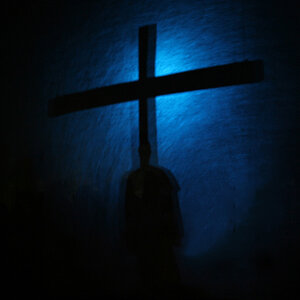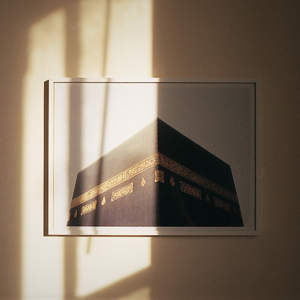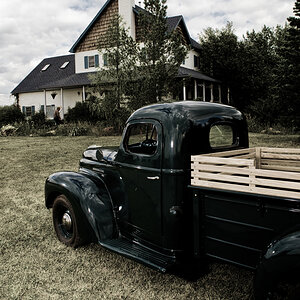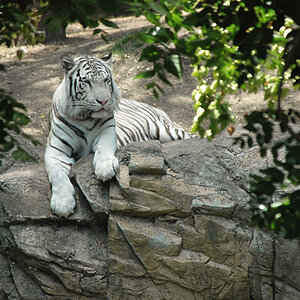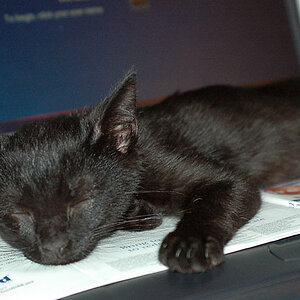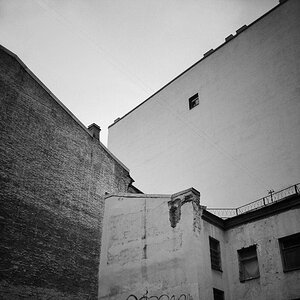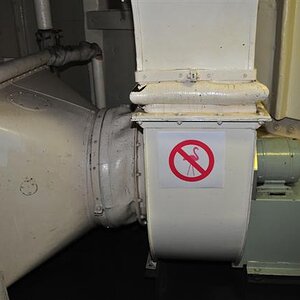fjrabon
Been spending a lot of time on here!
- Joined
- Nov 3, 2011
- Messages
- 3,644
- Reaction score
- 754
- Location
- Atlanta, GA, USA
- Can others edit my Photos
- Photos OK to edit
edit: ugh, nothing worse than a typo in a thread title; obviously I meant "turning off IS"
so, I often see the "turn off your IS if you don't need it" trope bandied about here. When on a tripod, when shooting faster than shutter speed 1/200, etc.
My question, is there any actual evidence for this on current gen IS/VR lenses? I know that Canon's manual for the 70-200 f/2.8 IS II L lens specifically says that you should leave it on, even on tripods and high shutter speeds, as the lens's autofocus is designed to work with IS engaged and that they claim there is no benefit to turning it off anyway.
Now, I know that even 5 years ago, this probably wasn't the case, you could absolutely see the difference when IS was engaged with a tripod mounted lens. But I've run some tests myself and with both Nikon and Canon's current gen IS, I just can't see any difference, even when pixel peeping, with IS turned on while using a tripod. And in my experience, it absolutely does help Canon's lenses focus both faster and more accurately in low light action situations. When I first started shooting sports with the 70-200 IS II L lens, I turned IS off, based on advice I received here, and at times I was mildly surprised by it not being the focusing beast I had always heard about. Then I read the manual and read that bit about leaving IS turned on for focusing speed and accuracy and it was a noticeable difference, especially in servo and continuous modes.
I asked a Canon rep about this once and he said he thought they wouldn't have even included a switch for turning IS off on their current gen lenses, except for the fact that he figured people might look for it when buying, and might not buy a lens that wouldn't allow you to turn IS off.
Anyway, I'm wondering if anybody has done tests on current gen IS systems to see if there actually is a benefit to turning them off when tripod mounted or shooting high shutter speeds.
so, I often see the "turn off your IS if you don't need it" trope bandied about here. When on a tripod, when shooting faster than shutter speed 1/200, etc.
My question, is there any actual evidence for this on current gen IS/VR lenses? I know that Canon's manual for the 70-200 f/2.8 IS II L lens specifically says that you should leave it on, even on tripods and high shutter speeds, as the lens's autofocus is designed to work with IS engaged and that they claim there is no benefit to turning it off anyway.
Now, I know that even 5 years ago, this probably wasn't the case, you could absolutely see the difference when IS was engaged with a tripod mounted lens. But I've run some tests myself and with both Nikon and Canon's current gen IS, I just can't see any difference, even when pixel peeping, with IS turned on while using a tripod. And in my experience, it absolutely does help Canon's lenses focus both faster and more accurately in low light action situations. When I first started shooting sports with the 70-200 IS II L lens, I turned IS off, based on advice I received here, and at times I was mildly surprised by it not being the focusing beast I had always heard about. Then I read the manual and read that bit about leaving IS turned on for focusing speed and accuracy and it was a noticeable difference, especially in servo and continuous modes.
I asked a Canon rep about this once and he said he thought they wouldn't have even included a switch for turning IS off on their current gen lenses, except for the fact that he figured people might look for it when buying, and might not buy a lens that wouldn't allow you to turn IS off.
Anyway, I'm wondering if anybody has done tests on current gen IS systems to see if there actually is a benefit to turning them off when tripod mounted or shooting high shutter speeds.


